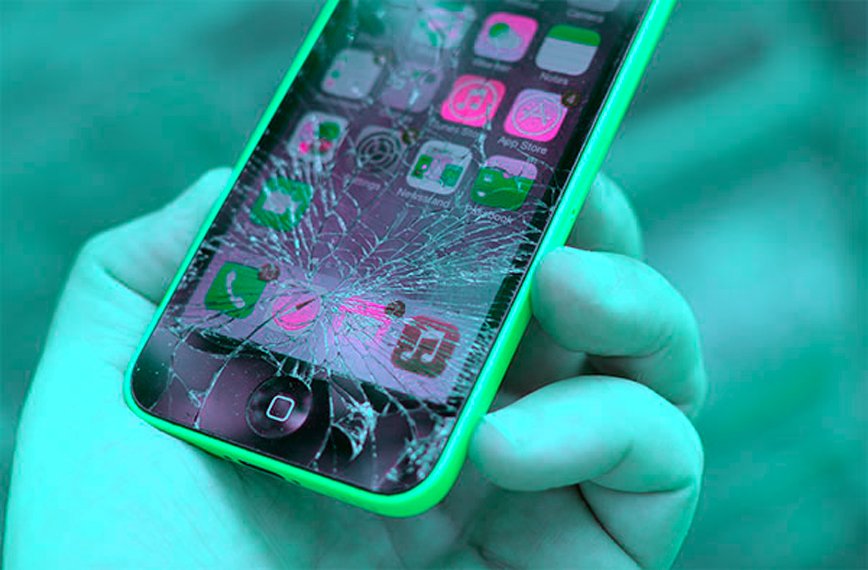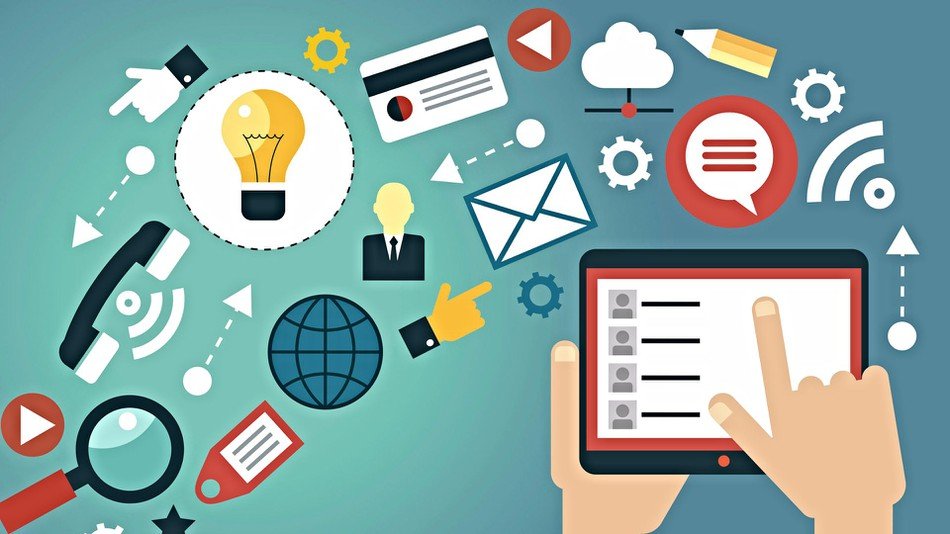
It goes without saying that one of the most important parts of running a business is looking after the products. After all, the product is what is actually delivered into your customers’ hands. This is really what having a business is all about. As such, it is essential that any business owner learns how to properly develop new products. Getting to grips with the process involved in developing a product will make a huge difference to any business. If your business is looking for a way to add a little extra colour to things, then a new product might be the answer. Similarly, if you are hoping to expand, you will need new products to help you do that. Without further ado, let’s take a look at the process behind developing a product. Read this before you take any steps in your business towards bringing out a new product. Getting to grips with the process involved in developing a product will make a huge difference to any business. If your business is looking for a way to add a little extra colour to things, then a new product might be the answer. Similarly, if you are hoping to expand, you will need new products to help you do that. Also, a product requirement document can help you define the purpose to your product, add features, set goals and decide a timeline. Read this before you take any steps in your business towards bringing out a new product.
The first essential step is to discover what it is that you need to produce. This might sound obvious, but it is vital that this stage is undertaken properly. There are a few different ways to go about doing this. For the majority of businesses, the most effective is to carry out something called problem research. This is where you research the real world for any problems which do not have solutions. Going about it this way has some obvious advantages. Not least is the fact that you know your product will be gratefully received by the general public. However, all products are something of a risk, so you never quite know. The other way of going about finding an idea for a product is to simply brainstorm within your company. Get everyone together in a meeting and ask around. You will often be surprised at who has incredible ideas just waiting to be explored. Once you have a few ideas, take a vote to decide on the final one you will be pursuing. Having faith and confidence in your product idea is essential. This, in turn, frees up your time to spend on actually developing the product. As such, do not rush this stage. You want to ensure that everyone is happy with the final choice.

Prototype
Now that you know what your product is going to be, it is time to start building a prototype. This, of course, is where your design and engineering teams really need to shine. The trick to making a successful prototype is to ensure that everyone is clear about what is expected of them. You need to make sure the lines of communication are as open as possible between design and engineering. Otherwise, it is all too easy for a simple little mistake to occur. The problem there, of course, is that a small mistake at this stage can have disastrous consequences later on in the process. This is a good time to be a little strict with your employees. Stand over them a little and make sure they get it just right. You will be glad you did in the long run.
Marketing
With any luck, you now have a prototype which you are happy with. Ideally, you should by now have enough faith in your product to show it off to the world. If you do, then you are at the right stage of the journey. The marketing phase is one of the most important parts of the entire process. The key to successful marketing is to make sure you start as early as possible. If you start marketing early on, then you can ensure that you have drummed up some interest before the product is on sale. That means that you have a lot of interest just as the product is released. Start marketing now, and you are likely to be in a good position. This is one of those things which are often better if you outsource them. Outsourcing your marketing through a marketing agency means that you let the professionals do the hard work for you. This, in turn, frees up your time to spend on actually developing the product.

Testing
Now that you have a final prototype, it is time to start putting it to the test. There are a few different manners of testing which you need to cover at this point. First, you need to ensure that the product actually works as it is meant to. This means that you need to have it tested with your engineering team to make sure it does the job. But there is more to the testing phase, and in a way the next park is even more important. You also need to test the product with the general public. All that this means is that you hold a focus group and see what the people think of your product. This is an essential part of the entire process. You should pay close attention to what is said at this stage as it could make a huge difference to the product in its final version. You should encourage honest criticism so that you can better make use of the session. Pay attention to the opinions of the general public, and you can’t go far wrong.
Final Product
Once you have the feedback from the focus groups, it is a matter of taking it on board and making changes to your product. You want to end up with a final product which you are proud of. That much is obvious. However, this can take a great deal more time than any other part of the process. Be prepared for that, and try to be as patient as possible. With some hard work and diligence, you should soon end up with a final product which your business can be proud of. There are few moments better than finally having that product to show off, so make sure you celebrate at this point with your teams.

Sale & Review
Now it is time to put the product on sale. The main thing here is to step up the marketing a little. Perhaps introduce a sudden burst campaign to get the ball rolling. What’s more, you should also pay attention to the general reaction to the product. Make notes on what could be improved upon. You can either work on these aspects at a later time, or save them for another product.

IntelligentHQ Your New Business Network.
IntelligentHQ is a Business network and an expert source for finance, capital markets and intelligence for thousands of global business professionals, startups, and companies.
We exist at the point of intersection between technology, social media, finance and innovation.
IntelligentHQ leverages innovation and scale of social digital technology, analytics, news and distribution to create an unparalleled, full digital medium and social business network spectrum.
IntelligentHQ is working hard, to become a trusted, and indispensable source of business news and analytics, within financial services and its associated supply chains and ecosystems.



























